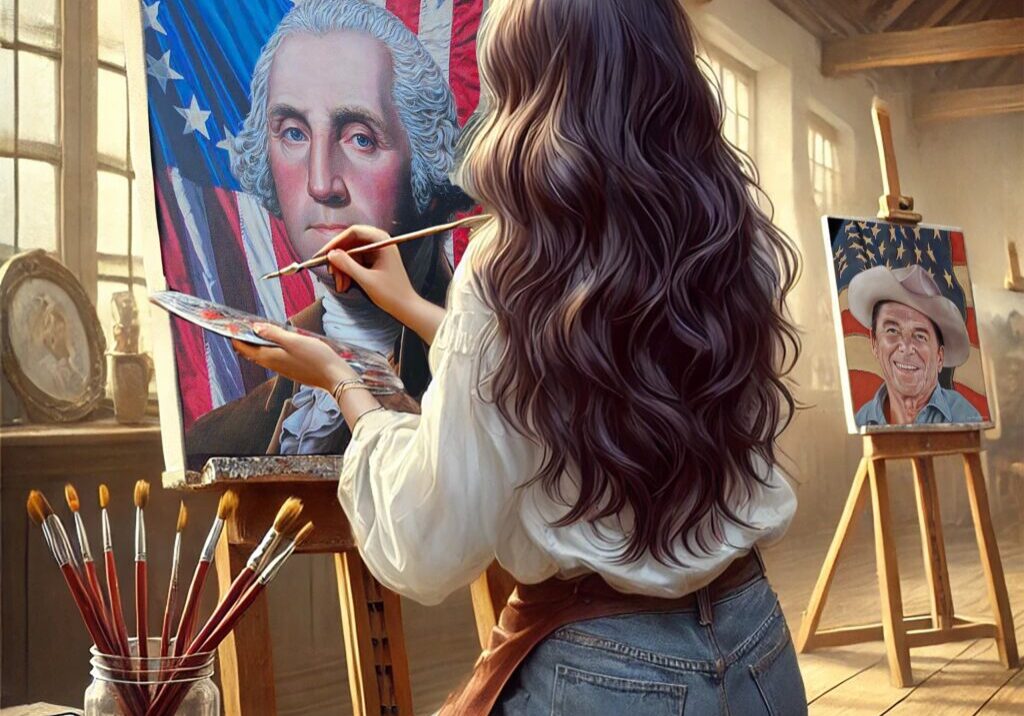
Stitching Standards: Rebecca Young and the Business of Revolutionary Flags
When people imagine flag makers of the American Revolution, they often picture a single figure at a small worktable, sewing in secrecy. But Rebecca Young gives us a different image. She was not hidden. She was not myth. She was business. A working artisan in Philadelphia, she advertised her services openly. She offered “colors of every sort,” along with drum banners and standards.
Her hands stitched messages that would wave in marches, flap above battalions, and flutter at the edge of liberty itself. Rebecca Young is believed to have made flags for the Continental Army beginning in the early 1780s. She worked just blocks away from Independence Hall, where decisions were made and declarations drafted. In her hands, those decisions became visible. Flags were not only signals. They were statements. And Rebecca made sure those statements were made to order. Unlike the romanticized sewing circles of memory, Rebecca operated as a professional. She placed newspaper advertisements. She took commissions. She managed a craft that required skill, speed, and accuracy.
Each flag had to hold under stress, whether tied to a pole or carried across rough terrain. This was not decorative embroidery. This was production. And yet, the art remained. The lines were clean. The seams were sturdy. The symbols were clear. Her work helped shape early American visual identity. Every regiment needed its own standard. Every parade needed its own banner.
Rebecca Young helped supply the visual coherence that gave the Revolution not only a voice but a look. She did not claim authorship over the designs. She executed them. She brought them into being. And in doing so, she became one of the earliest American artists whose output was both political and practical. What I admire most is how she lived between two worlds. The domestic and the civic. Her needle moved between household tasks and national service. She was not simply making fabric flutter. She was participating. She was taking the blank space of cloth and filling it with direction. A pine tree. A striped field. A hand-stitched motto.
Each flag was a message carried forward by wind and conviction. In the mural, I honored figures like Rebecca Young with visual details that suggest movement behind the main scenes. In one panel, a woman sits at a table, surrounded by bolts of fabric. Her hands guide a needle through dark blue. The light touches her cheek. A young girl watches nearby. This is not an idle scene. It is a moment of making. Of history being sewn as steadily as it was written. Rebecca Young’s legacy did not end with her own career. Her daughter, Mary Pickersgill, would go on to make the Star-Spangled Banner that flew above Fort McHenry decades later. But it began with Rebecca.
With a woman who saw fabric not as fashion but as signal. Who turned thread into meaning. Who treated patriotism as something you could cut, measure, and stitch by hand. And in doing so, she left behind more than cloth. She left a pattern for how art can serve the nation – not only in grand murals or gilded frames, but in every flag raised with purpose.

